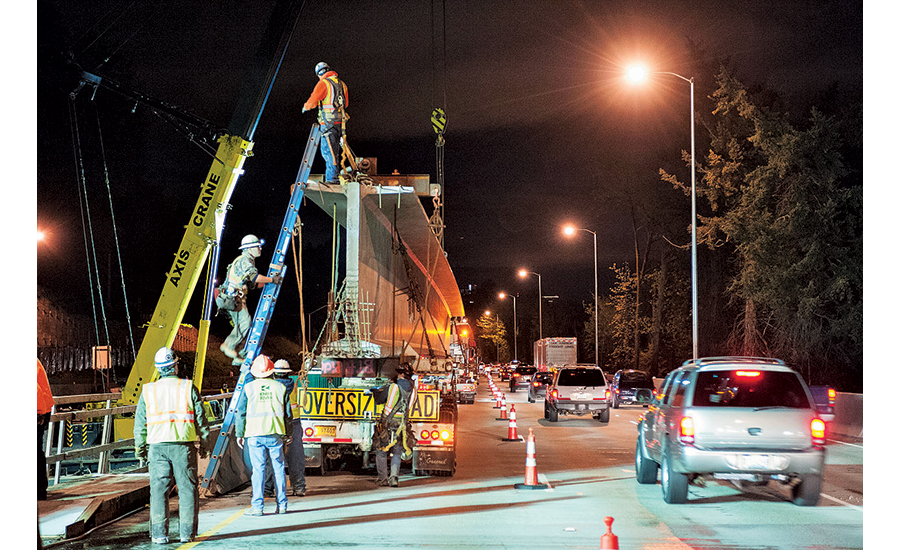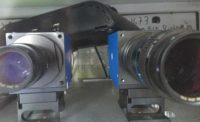This is a response to your recent article “Construction Work-Zone Safety: Will Critics Shutter Speed Cameras?” (ENR 9/26 p. 10) and, in the same issue, your editorial “More, Not Fewer Work-Zone Cameras.”
Where speed cameras are used, the speed limits are artificially low and tickets go out just barely above the speed limit. This is designed to ticket average drivers for profit. Ignored is the fact that speed cameras have been shown to make significant errors. The readings have been wrong, stopping cars that were supposedly speeding and citing them incorrectly. All speed-timing devices and cameras have potential errors that may occur but may not be obvious.
In Washington, D.C., the district’s own data suggest that speed was a factor in a scant 3.1% of crashes and that cameras of all types have not improved safety there. That failure is not rare, and crashes have risen worldwide or stayed steady after speed cameras were installed.
The so-called experts behind this system of enforcement also demanded red-light cameras. In Philadelphia, crashes increased after cameras went in, and then the same people called for stop-arm cameras, municipal police radar, etc. All of these devices rely upon poor traffic engineering and predatory enforcement. More crashes and tickets to safe drivers are the norm.
When you do the exact opposite of the proven best safety measures in work zones, you will cause crashes and ticket safe and speed-compliant drivers, too.
Here’s what needs to be done in work zones:
- Cease putting stop signs at the ends of acceleration ramps on interstates. It is sheer madness to pull out from a dead stop, especially for a tractor-trailer.
- Set speed limits to the 85th percentile free-flowing traffic speed. The absurdly low limits create unsafe rolling roadblock conditions.
- End the “conflicting-sign syndrome.” Why do some signs say one thing, and then 50 feet later, another says the opposite?
- Stop workers from walking out in front of cars. This has happened to me and people I know.
- Work only at night on interstates. Fewer people equals fewer crashes.
- Post signs when employing the zipper-merge concept, wherein drivers use two lanes until they reach the merge into a single lane. When signs aren’t used, I see people backed up miles before they need to, which gums stuff up, causing some people to dart into the open lane while others refuse to allow the merging. Result? Road rage. Try to keep two lanes open for projects, too.
And, finally, please contact your state representative, state senator and the governor to oppose camera enforcement and prevent it in Pennsylvania.
James Sikorski Jr.
Pennsylvania Advocate
National Motorists Association
Wapwallopen, Pa.




Post a comment to this article
Report Abusive Comment